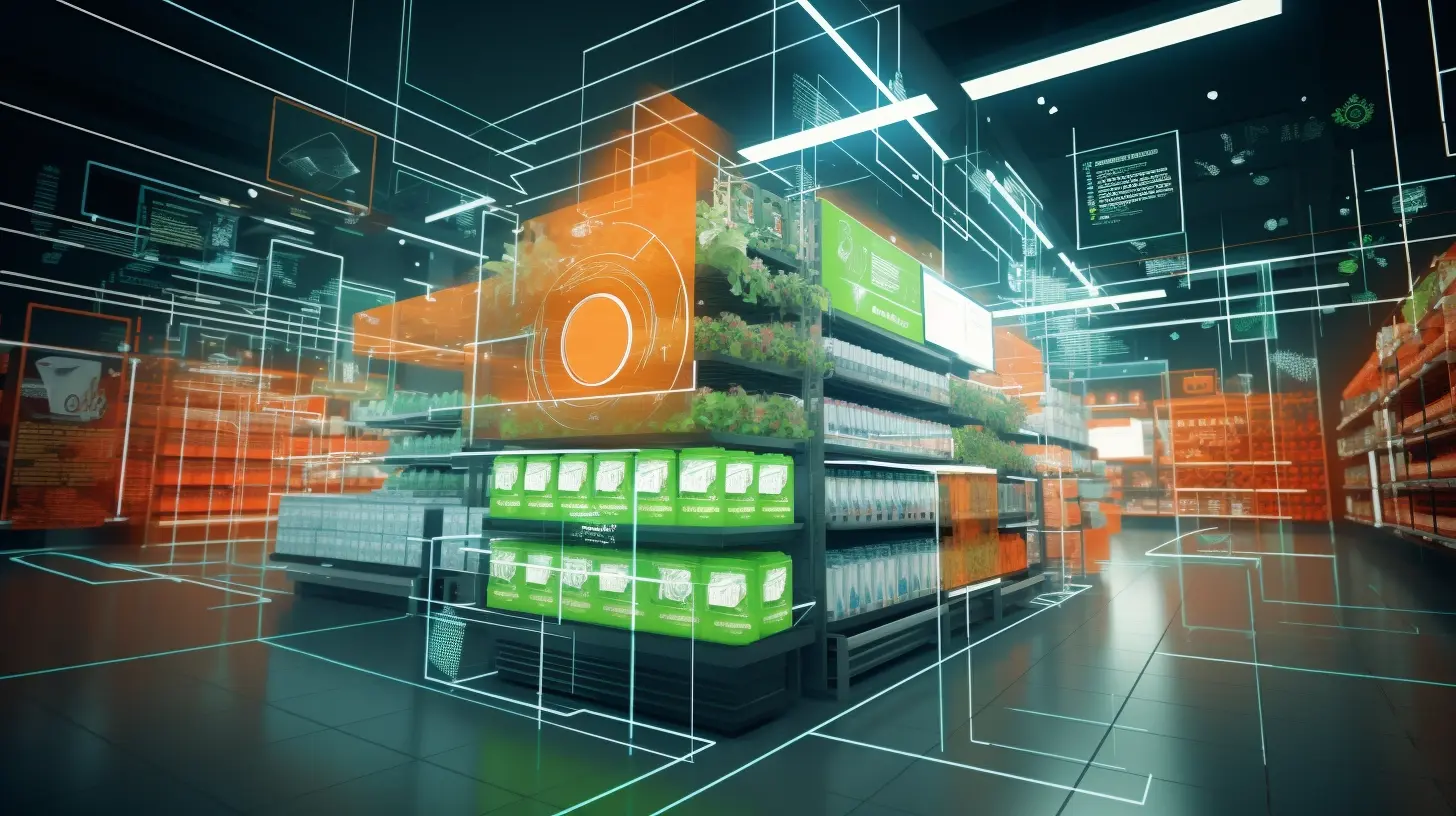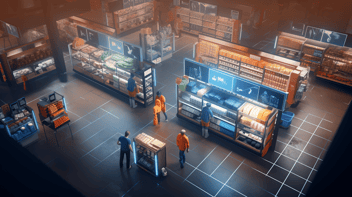How Strategic Shelf Design Can Shape Shopper Behavior
In the fast-paced world of retail, every inch of shelf space matters. How you merchandise products isn’t just about aesthetics—it’s a science that directly influences what shoppers buy, how quickly inventory turns over, and ultimately, your bottom line. From impulse buys to destination purchases, the way products are positioned can make or break a shopper’s journey. Let’s break down the merchandising musts that turn passive traffic into active shoppers—and how VideoMining’s cutting-edge behavioral analytics empower you to build a category experience that stands apart through smarter planogram optimization.
Shelf Strategy 101: The Hierarchy of Space
Shelf placement is not, of course, best left to chance. It’s a calculated dance between shopper behavior and product-level performance. Conventional planogram optimization practices offer advice on how to leverage vertical space to your advantage:
-
Top Shelf: Premium, lightweight items. Think specialty snacks or gourmet sauces—products shoppers will happily stretch for.
-
Eye Level: The “golden zone.” Stock bestsellers and high-margin items here to capitalize on effortless visibility.
-
Lower Shelves: Price-sensitive alternatives. Perfect for kid-friendly treats or value-sized options within easy reach.
-
Bottom Shelves: Staples and bulk goods. These are “destination” items (e.g., rice, paper towels) that shoppers seek out intentionally.
But effective merchandising and planogram optimization go beyond traditional conjecture. It’s about aligning with how shoppers think and how they actually shop, making planogram optimization a strategic priority. This is where data-driven intel that is specific to your category and your shopper profile should be 100% non-negotiable.
Tip: Excellent aisle experiences can’t prevail if you’re riddled with OOS and poor at-shelf execution. For more, check out McKinsey’s guide to diagnosing the root cause of your out-of-stocks.
VideoMining: Decoding the Science of Shopper Decisions
What if you could see your store through the eyes of millions of shoppers? VideoMining’s AI-powered platform analyzes billions of anonymized shopping trips to uncover hidden patterns and unmet needs. Here’s how we turn raw data into actionable strategies:
-
Brand Stability Quotient: Measure how predictable your brand’s sales are versus impulse-driven, at-shelf decisions.
-
At-Shelf Win Rates: Discover how effectively your packaging, placement, and at-shelf communications convert undecided shoppers in the true moment of choice.
-
Category Decision Hierarchy: Uncover the truths behind how shoppers inherently shop, and expect to navigate, your aisle through observed shopper behaviors.
-
Aisle Anchors: Discover the true start-and-stop point of your aisle flow, revealing the essential criteria your shopper walks through.
-
Category Definitions and Blurring Lines: Let your shoppers’ footsteps do the talking to illustrate how they segment, define, and decide across blurred lines and category cross-overs.
VideoMining’s Behavioral Shopper Insights reveal that shopper decision hierarchies often defy traditional category boundaries. For example, in convenience stores, candy doesn’t just compete with candy—it battles cookies, chips, and even beverages. By mapping these “cross-category considerations,” marketers can redesign layouts and refine adjacencies to group products based on how shoppers actually shop.
Take the snack aisle: VideoMining’s research revealed c-store shoppers prioritize type/size (e.g., “single-serve chocolate”) over brand as the primary decision-driver. Organizing shelves based on shopper mental hierarchy—rather than rigid brand blocks—can enhance planogram optimization and lift conversions by double digits.
Planograms, Placements, and Shopper Behavior Science
Every category has its own rules. VideoMining’s at-shelf behavior tracking reveals metrics like exposure (how many shoppers see your product), engagement (time spent interacting), and conversion (add-to-cart rates). This granular view answers key questions, many of which are directly influenced by your planogram optimization decisions:
-
Which facings earn their keep?
-
Are high-margin SKUs getting lost in clutter?
-
Is your planogram optimization aligned with real decision making hierarchies
The Bottom Line
Merchandising should not come down to guesswork. It requires a robust understanding of why shoppers behave the way they do, and how they shop the shelf in real-life. VideoMining’s patented approach to in-store shopper research provides concrete evidence needed to transform category merchandising using dynamic planogram optimization driven by empathy and shopper behavior. By connecting stimuli (placement, pricing, adjacency) to outcomes (sales, loyalty, basket size), we empower brands and retailers to:
-
Reduce wasted space and build smarter shelf flows.
-
Boost category conversions by tapping into shopper psyche.
-
Win at-shelf battles with undecided shoppers.
-
Stop avoidable causes of category leakage in its tracks
In a world where 70% of purchase decisions are made in-store, the shelf is your silent salesperson. Make every inch count. Ready to see your shelf through the lens of behavioral science?
.jpg)





.jpg?width=352&name=download%20(3).jpg)